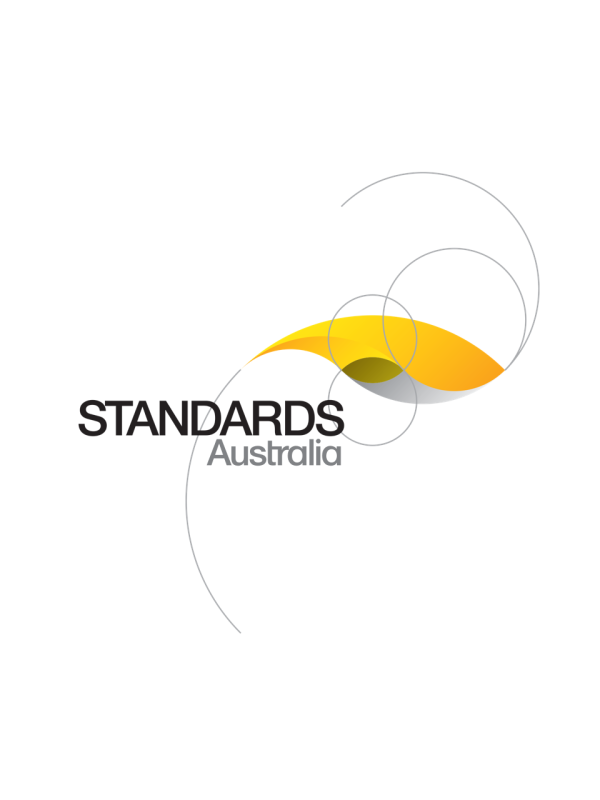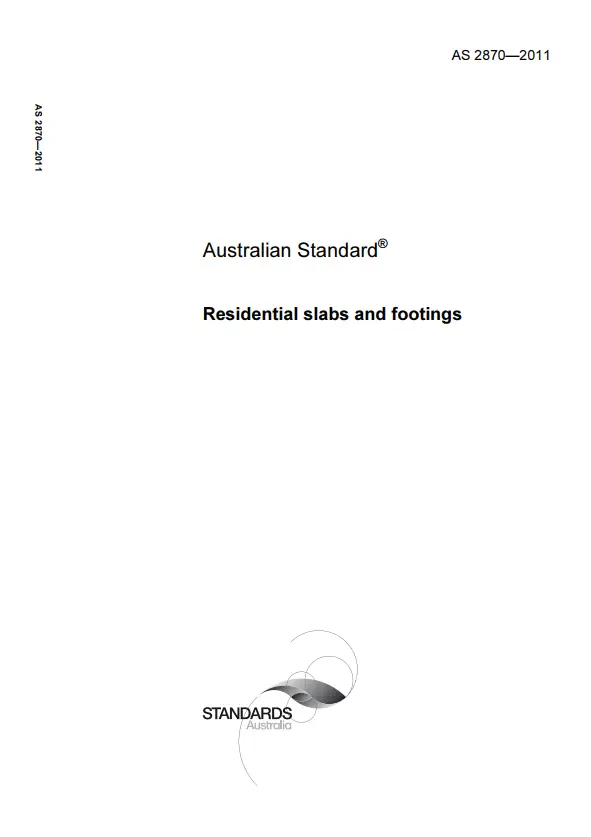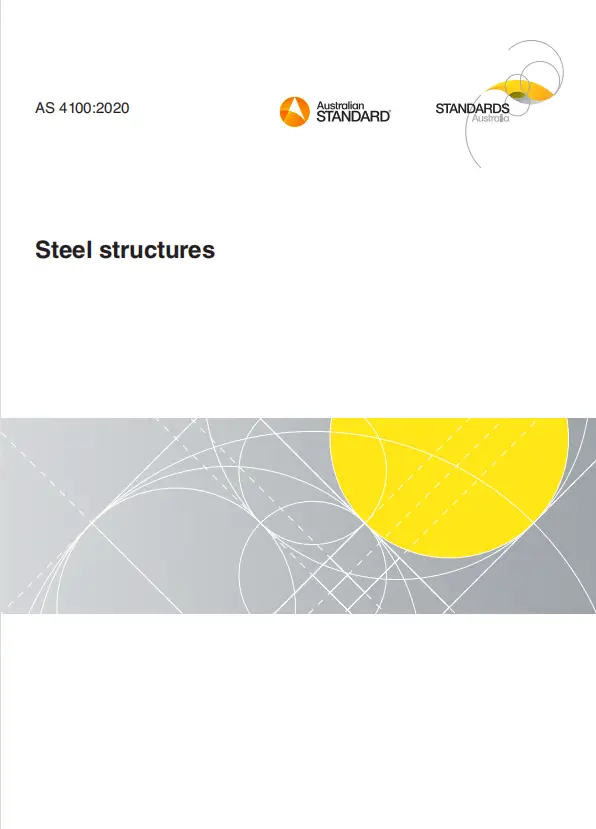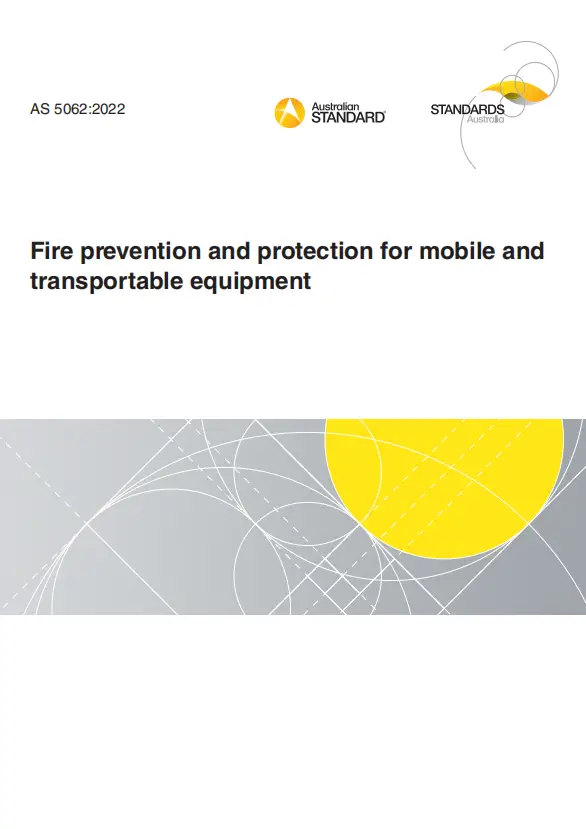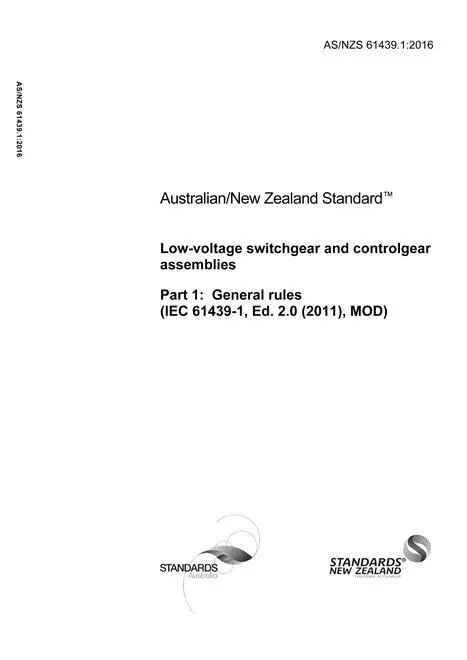Table of cotents
Preface
1 Scope and general
1.1 Scope
1.2 Application
1.3 Normative references
1.4 Terms and definitions
1.5 Specification of signs, markings and delineators
1.6 Responsibility and authority for installation
1.7 General principles
1.7.1 Basic principles for all traffic control devices
1.7.2 Specific principles for signs
1.7.2.1 General
1.7.2.2 Reflectorization and illumination
1.7.2.3 Installation and location of signs
1.7.2.4 Non-standard signs and devices
1.7.2.5 Excessive use
1.7.2.6 Safety aspects
1.7.2.7 Electronic signs
2 Treatments at intersections
2.1 Scope of section
2.2 Devices used
2.3 Movement control, direction control and advance warning
2.4 Application of devices
2.5 GIVE WAY sign and STOP sign control
2.5.1 General
2.5.2 Application
2.5.3 Requirements for installation of STOP signs
2.5.4 Signs for give way and stop control
2.5.5 Advance warning signs for give way and stop control
2.6 Roundabout control
2.6.1 General
2.6.2 Application
2.6.3 Signs for roundabout control
2.6.4 Advance warning signs and hazard marker signs for roundabouts
2.7 Control by traffic signals
2.8 Direction control at intersections
2.8.1 General
2.8.2 Signs for the restriction of travel direction
2.8.3 Application of turn prohibition signs
2.8.4 Signs for the prohibition of turns
2.8.5 Signs for specific turn control
2.8.6 Supplementary signs
2.8.7 Signs for other direction instruction
2.9 Advance warning of intersections
2.9.1 General
2.9.2 Application
2.9.3 Signs (on the major road) for warning of a cross road intersection
2.9.4 Signs (on the minor road) for warning of a T-intersection
2.9.5 Signs (on the major road) for warning of a side road intersection
2.9.6 Signs (on the major road) for warning of staggered and successive side road intersections
2.9.7 Signs (on the major road) for warning of a modified intersection
2.9.8 Signs for warning of merges and added lanes from intersections
2.9.9 Signs for warning of private driveways
2.10 Advance warning of intersection traffic control devices
2.10.1 General
2.10.2 Application
2.10.3 Signs for advance warning of intersection traffic control devices
2.11 Pavement markings at intersections
2.12 Hazard marker signs and other devices
2.12.1 Hazard marker signs
2.12.2 Sight boards
2.12.3 Kerb markings
2.12.4 Pavement bars and markings
2.13 Typical arrangement diagrams for intersections
2.14 Typical arrangement diagrams
3 Treatments at expressway interchanges and terminals
3.1 Scope of section
3.2 General
3.3 Intersection control at ramp terminals
3.4 Control of movement and traffic access at ramp terminals
3.4.1 General
3.4.2 Signs for wrong way movement control
3.4.3 Signs for the regulatory control of expressway use and access
3.5 Direction control and guidance of traffic on expressways at and near interchanges
3.5.1 General
3.5.2 Signs for control of traffic entering or leaving the expressway
3.5.3 Signs for the guidance of traffic entering or leaving the expressway
3.6 Advance warning of expressway terminals
3.6.1 General
3.6.2 Signs for the advance warning of expressway terminals
3.7 Pavement markings on expressways and at entrance and exit ramps
3.8 Signs and pavement markings at interchanges and terminals
3.8.1 General
3.8.2 Typical arrangement diagrams
4 Treatments between intersections
4.1 Scope of section
4.2 Pavement markings and delineation
4.2.1 General
4.2.2 General treatment
4.2.2.1 Rural road — undivided
4.2.2.2 Rural roads — divided, including rural expressways
4.2.2.3 Urban roads — undivided
4.2.2.4 Urban roads — divided and one-way roadways
4.2.3 No overtaking zones (Barrier lines)
4.2.4 Guide posts
4.2.4.1 General
4.2.4.2 Design and construction
4.2.4.3 Siting and alignment
4.2.4.4 Longitudinal spacing
4.2.5 Delineators
4.2.5.1 General
4.2.5.2 Colour
4.2.5.3 Performance requirements
4.2.5.4 Mounting locations
4.2.6 Snow poles
4.3 Treatment of substandard horizontal curves
4.3.1 General
4.3.2 Horizontal curves which are not substandard
4.3.3 Determination of warning signs on curves
4.3.4 Determination of advisory speed and associated signs
4.3.4.1 General
4.3.4.2 Determination of advisory speeds on horizontal curves
4.3.4.3 Application of Advisory Speed signs on horizontal curves
4.3.5 Signs for substandard horizontal curves
4.3.6 Determination for the use of Curve Alignment Marker signs
4.3.6.1 General
4.3.6.2 Curve Alignment Marker signs
4.3.6.3 Typical arrangement diagrams
4.4 Treatment of substandard vertical curves
4.4.1 General
4.4.2 Substandard stopping sight distance
4.4.3 Crests, dips and humps
4.4.4 Advisory speeds on substandard vertical curves
4.4.4.1 General
4.4.4.2 Determination of advisory speeds on vertical curves
4.4.4.3 Application of Advisory speed signs on vertical curves
4.4.5 Signs for substandard vertical curves
4.5 Treatment of approaches to structures and obstructions
4.5.1 General
4.5.2 Bridges
4.5.2.1 Bridges with more than one lane
4.5.2.2 One-lane bridges on two-way roadways
4.5.2.3 Signalization of one-lane bridges
4.5.2.4 Load and vehicle dimension limitations
4.5.2.5 Speed limits on bridges
4.5.3 Subways and underpasses
4.5.3.1 General
4.5.3.2 Height restrictions
4.5.4 Gates, grids and culverts
4.5.4.1 Gates
4.5.4.2 Grids
4.5.4.3 Culverts
4.5.4.4 Isolated pavement width restrictions
4.5.5 Obstructions within the roadway
4.5.6 Signs for approaches to structures and obstructions
4.5.6.1 Regulatory signs
4.5.6.2 Detour signs
4.5.6.3 Warning signs
4.5.6.4 Speed limit signs on bridges
4.5.7 Hazard marker signs
4.5.7.1 General
4.5.7.2 Types of hazard marker signs
4.6 Changes in pavement width
4.6.1 General
4.6.2 General treatments at lane reductions (merges)
4.6.3 Narrowing of a roadway
4.6.3.1 Narrowing of two-lane road
4.6.3.2 Transition from four-lane road to two-lane road (both undivided)
4.6.4 Transition of divided road to undivided road
4.6.4.1 General
4.6.4.2 Typical arrangement diagrams
4.6.5 Signs for lane reductions (merges) and approaches to changes in pavement width
4.6.5.1 Signs for zip-merges
4.6.5.2 Signs for lane changes
4.6.5.3 Signs for approaches to changes in pavement width
4.6.5.4 Signs at the beginning and end of divided roads
4.7 Overtaking lanes, climbing lanes and turnouts
4.7.1 General
4.7.2 Signs for overtaking lanes, climbing lanes and turnouts
4.7.3 Typical arrangement diagrams
4.8 Steep grades and safety ramps
4.8.1 General
4.8.2 Signs for steep descents
4.8.3 Signs for steep climbs
4.8.4 Signs for safety ramps
4.9 Water crossings
4.9.1 General
4.9.2 Ferries and opening bridges
4.9.3 Fords
4.9.4 Floodways
4.9.5 Low level bridges
4.9.6 Signs for water crossings
4.10 Road block barriers
4.10.1 Application
4.10.2 Construction and location
4.10.3 Associated device and marking
4.11 Physical obstructions, road condition and other hazards
4.11.1 General
4.11.2 Signs for warning of physical obstructions
4.11.3 Signs for warning of hazardous road conditions
4.11.4 Signs for warning of unexpected vehicles
4.11.5 Signs for warning of wandering stock
4.11.6 Signs for warning of hazardous wildlife
4.11.7 Signs for warning of temporary or part time hazards
4.11.8 Vehicle mounted signs
4.11.9 Signs to supplement standard warning signs
4.12 Miscellaneous signs
4.12.1 General
4.12.2 Miscellaneous regulatory signs
4.12.3 Heavy vehicle control and information signs
4.12.4 Emergency access location signs
4.13 Variable use lane signs
5 Pavement markings
5.1 Scope of section
5.2 General principles
5.2.1 Purpose
5.2.2 Removal of markings
5.2.3 Limitations
5.2.4 Types of markings
5.2.5 Pavement marking materials and reflectorization
5.2.6 Colours
5.2.7 Size of markings
5.2.8 Audio-tactile line marking
5.3 Longitudinal lines
5.3.1 General
5.3.2 Dividing lines
5.3.2.1 General
5.3.2.2 Application of dividing lines
5.3.3 Barrier lines
5.3.3.1 General
5.3.3.2 Application of barrier lines
5.3.3.3 Location and setting out
5.3.3.4 Modification of barrier line requirements
5.3.3.5 Checking marked barrier lines
5.3.4 Lane lines
5.3.5 Edge lines
5.3.6 Continuity lines
5.3.7 Turn lines
5.3.8 Outline markings
5.3.9 Longitudinal lines at intersections and roundabouts
5.3.10 Audio-tactile line marking
5.3.10.1 General
5.3.10.2 Noise considerations
5.3.10.3 Audio-tactile edge line
5.3.10.4 Audio-tactile dividing line
5.4 Wide centre line treatment
5.4.1 General
5.4.2 Application
5.4.2.1 General
5.4.2.2 Width
5.4.2.3 Start and end transitions
5.4.2.4 Between intersections
5.4.2.5 At intersections and driveways
5.4.2.6 Transitions at narrow structures and overtaking lanes
5.4.2.7 Sign requirements
5.5 Transverse lines
5.5.1 General
5.5.2 Give way lines
5.5.3 Stop lines
5.5.4 Positioning of lines at GIVE WAY and STOP signs
5.5.5 Pedestrian control and protection markings
5.5.5.1 Pedestrian guide lines
5.5.5.2 Pedestrian crossing (zebra)
5.5.6 Road hump markings
5.5.7 Kerb markings
5.6 Diagonal and chevron markings
5.6.1 General
5.6.2 Markings on splayed approaches
5.6.3 Diagonal markings on shoulders
5.6.4 Painted islands and medians
5.6.5 Bicycle lane safety strip
5.6.6 Yellow box marking
5.7 Pavement arrows
5.7.1 General
5.7.2 Intersection arrows
5.7.3 Lane change arrows
5.7.4 Pavement arrows approaching and on expressway exit ramps
5.8 Messages on pavements
5.8.1 General
5.8.2 Words and numerals
5.8.3 Word messages
5.8.4 Symbols
5.8.5 KEEP CLEAR marking
5.9 Raised pavement markers
5.9.1 General
5.9.2 Retroreflective raised pavement markers (RRPMs)
5.9.3 Non-retroreflective raised pavement markers (NRPMs)
5.9.4 Internally illuminated pavement markers (IIPMs)
5.9.5 Application of raised pavement markers
5.9.5.1 Positioning and spacing of markers
5.9.5.2 Augmenting painted lines
5.9.5.3 Lane guidance through intersections
5.10 Pavement bars
5.10.1 General
5.10.2 Design and installation
5.10.3 Typical uses
5.11 Pavement markings at entrance and exit ramps
5.11.1 Entrance and exit ramp layouts
5.11.2 Exit ramp nose marking
5.11.3 Entrance ramp nose marking
5.11.4 Expressway exit lane arrows
5.11.5 Pavement arrows on exit ramps
5.11.6 Step-out marking
Appendix A
A.1 General
A.2 Data collection
A.2.1 Conditions for data collection
A.2.2 Sample size
A.3 Data recording
A.4 Data analysis
A.4.1 85th percentile speed
A.4.2 15 km/h pace
Appendix B
B.1 Scope
B.2 Size of signs
B.3 General principles for size selection
Appendix C
C.1 Scope
C.2 General
C.3 Means of reflectorization
C.4 Means of illumination
Appendix D
D.1 Scope
D.2 Sign location
D.2.1 General
D.2.2 Longitudinal placement
D.2.3 Lateral placement and height
D.2.3.1 General
D.2.3.2 Lateral placement — rural
D.2.3.3 Lateral placement — urban
D.2.3.4 Height — rural
D.2.3.5 Height — urban
D.2.3.6 Overhead mounting
D.2.3.7 Typical arrangement diagrams
D.2.4 Overhead signs
D.3 Sign orientation
D.4 Signpost selection
D.4.1 General
D.4.2 Small size posts
D.4.3 Large non-frangible posts
D.4.4 Large frangible posts
D.4.5 Sign post selection guide
Appendix E
Appendix F
F.1 Scope
F.2 Principle
F.3 Equipment
F.3.1 Ball bank indicator
F.3.2 Other devices
F.4 Procedure
F.5 Advisory speed adjustment
F.6 Report
Appendix G
G.1 Scope
G.2 Principle
G.3 Method
Appendix H
Appendix I
I.1 General and scope
I.2 Purpose
I.3 Principles
I.4 Application
I.4.1 General
I.4.1 Crossroads
I.4.2 T-intersections
I.4.3 Curved road intersections with a straight road
I.4.4 Typical arrangement diagrams
Bibliography

